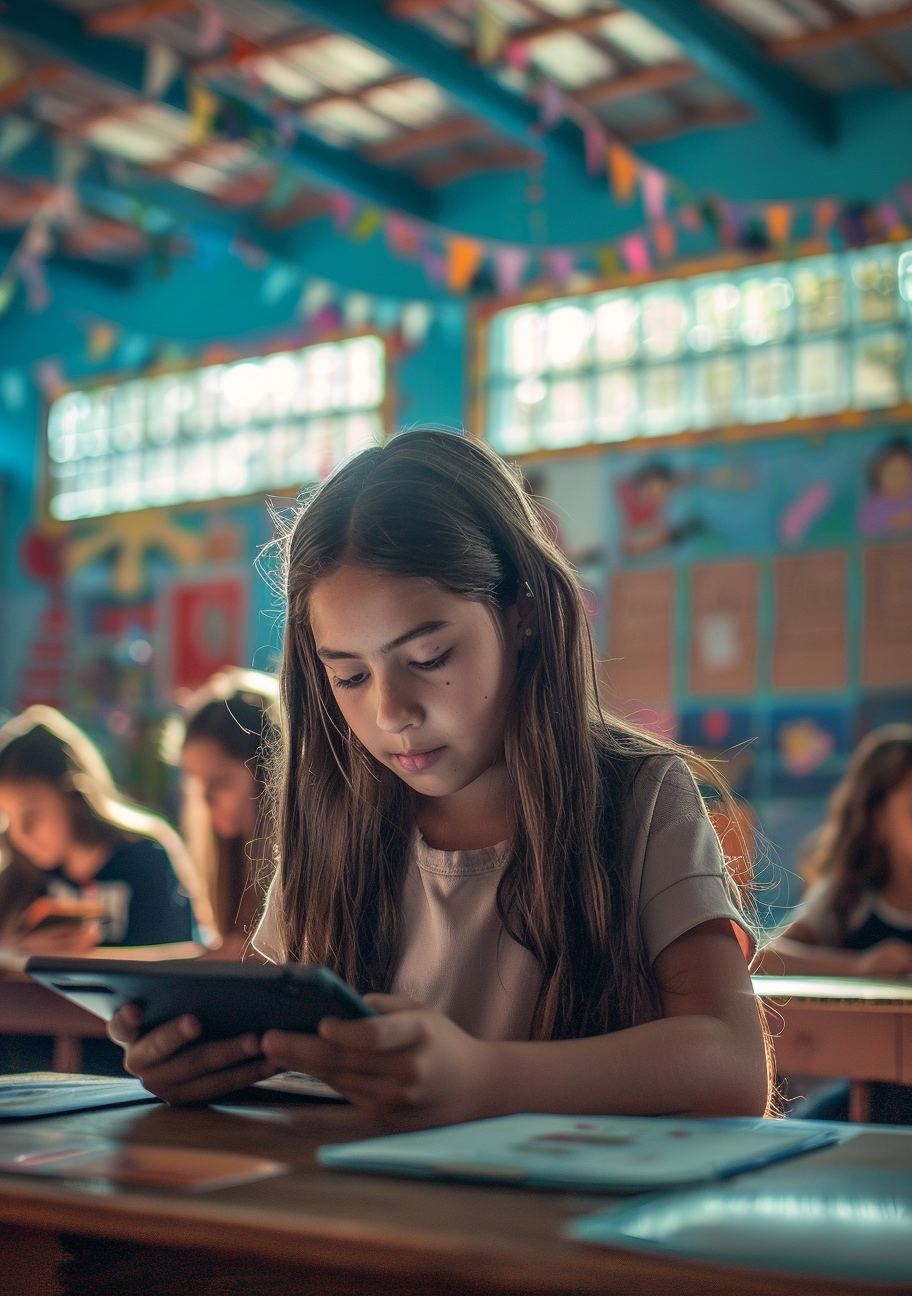The Missing Piece in Modern Education – “Emotional IQ”
In today's fast-paced and interconnected world, the need for social-emotional learning (SEL) has never been more critical. Acknowledging this need, we're having this conversation with Vaav, a pioneering company that Chadani Ghimire founded and has been pu

Through the innovative workshops and collaborative efforts with schools and organizations, which aims to cultivate emotional intelligence and resilience among students and adults alike.
Visualize a classroom where the importance of self-awareness, empathy, and resilience is equal to that of science and math, Emotional intelligence is crucial for a comprehensive education that prepares students for life beyond tests that is where social-emotional learning (SEL) comes into play. A thorough education that equips children for life beyond school is dependent on their emotional intelligence. Discover the principles of producing emotionally secure, confident, and satisfied students by investigating the justification for and real-world implementations of SEL in the classroom.
1. What inspired the development of Vaav's Social-Emotional Learning (SEL) program?
Vaav resulted from my own experiences dealing with mental health issues throughout my school years. Feeling misunderstood and ignored, I finally dropped out of school, determined to develop a solution to assist others who face similar challenges. This path led to the creation of Vaav, a comprehensive social-emotional learning program that aims to provide support and resources for anyone struggling with mental or and emotional issues in schools. Through my journey, I have learned the importance of addressing these challenges early on and providing a safe space for kids to seek help to provide people with the necessary skills to properly control their emotions and promote their socio-emotional well-being.
2. Could you elaborate on the core components and methodologies incorporated into Vaav's SEL workshops?
Vaav's SEL workshops are carefully developed to improve many areas of emotional intelligence, including self-awareness, social awareness, relationship building, decision-making, and self-regulation, which are the five main components. We use evidence-based strategies like mindfulness, reflective writing, and experiential learning to help people engage and comprehend more deeply. By creating a safe and supportive setting, we help people explore and improve their emotional management abilities, resulting in feeling more confident in handling difficult situations and communicating effectively with others. These workshops provide practical tools and techniques that can be applied in various aspects of life to enhance emotional intelligence.
3. How have collaborations with schools contributed to the impact of Vaav's SEL program?
Our collaborations have been instrumental in tailoring our SEL content to meet the diverse needs of participants across different settings. By integrating SEL into educational curricula, corporate training programs, and community initiatives, we've been able to reach a wider audience and foster a culture of empathy and resilience. These partnerships have enabled us to adapt our programs to specific contexts and create meaningful, long-lasting impacts on individuals and communities.
4. How does a social-emotional learning (SEL) program cater to the needs of students within a school context?
The SEL program is designed to address the diverse emotional and social needs of students within a school and social setting. This program offers a range of interactive sessions, such as painting or robotics classes, which are tailored to promote self-awareness, social awareness, relationship building, decision-making, and self-regulation. These sessions are conducted in collaboration with educators and incorporate evidence-based approaches to support students' emotional development and well-being. By integrating SEL activities into the school curriculum, we aim to create a supportive learning environment where students feel empowered to navigate their emotions and build positive relationships with their peers and teachers.
5. Could you explain the importance of emotional vocabulary and metacognition in the curriculum?
Emotional vocabulary and metacognition are essential components of our SEL program because they enable people to identify, comprehend, and successfully control their emotions. People receive crucial insights into their thought patterns and behavioral tendencies as they broaden their emotional variety and acquire metacognitive abilities. This increased self-awareness allows individuals to make better judgments, negotiate interpersonal relationships, and deal with life's problems. Furthermore, by developing emotional vocabulary and metacognition, individuals are better equipped to cope with stress and regulate their emotions effectively. This ultimately leads to improved mental health and overall well-being.
6. What strategies does Vaav employ to assess the efficacy of its SEL workshops in school?
Use of a combination of methods to evaluate the impact of its SEL workshops, which includes data collecting, feedback systems, and qualitative assessments. It is important to collect quantifiable data on individuals' emotional intelligence, behavioral improvements, and overall satisfaction with the program. In addition, gathering feedback through surveys, interviews, and focus groups to learn about individuals ' experiences and suggest areas for improvement. This constant review approach helps to improve curriculum and delivery techniques, ensuring that the programs are effective and relevant.
7. In what ways do you envision the SEL initiative shaping the future of education in Nepal, and what role can schools play in fostering socio-emotional well-being?
We see such a program as an agent for altering Nepal's education system by developing emotionally intelligent and resilient students. Schools may equip students with important life skills that go beyond academic knowledge by incorporating SEL into educational curricula and promoting inclusive learning environments. Our mission is to raise a generation of people who are prepared to flourish in the complicated and fast-changing world of the 21st century, while also making constructive contributions to their communities and society at large. Schools may help to accelerate this shift by incorporating SEL into their instructional approaches and putting students' socio-emotional well-being first. By implementing SEL, schools may establish inclusive and caring learning environments that allow kids to attain their greatest potential.


